
Both hunters and hunted, the small carnivores weigh less than 0.5 kilograms and are the least explored among mammalian carnivores. Small carnivores make an essential part of the ecological processes, contributing to the development of many ecological concepts; however, despite their importance and functional uniqueness, small carnivores remain elusive in scientific literature because they are notoriously difficult to study in the wild. These species play a crucial role in ecosystems as predators of small vertebrates and invertebrates, and frugivorous species are important seed dispersers. In Pakistan, small carnivores are often neglected and prone to severe existential threats. By taking advantage of advanced technology such as camera trapping and advanced statistical methods, SLF is developing data on the small carnivore population of Pakistan.
The Asiatic jackal also known as the golden, oriental, or common jackal, is present in South Asia up to Myanmar (formerly Burma), North and East Africa, and Southern Europe. It is a carnivore specie spread commonly throughout Pakistan. Golden jackal pairs forage and rest together. All their behavior is highly synchronized. Cooperative hunting is important to the jackals. Pairs are three times more likely to be successful than individuals in hunting. Both male and female members of a golden jackal pair have important roles in maintaining their territory and in raising the young. They are opportunistic foragers with a very varied diet, which consists of young gazelles, rodents, (especially during winter), hares, ground birds and their eggs, reptiles, frogs, fish, insects and fruit. Major threats to their population include habitat degradation, fragmentation, mining, killing for conceived as a danger to poultry.
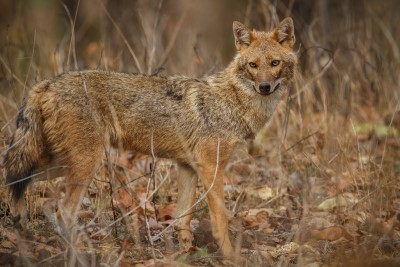
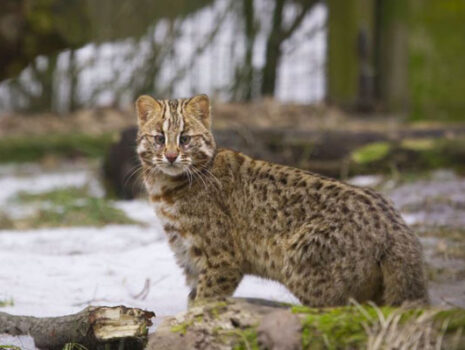
The leopard cat is a relatively common small felid, ranging throughout Asia. In Pakistan, its distribution is known to be in northern areas including Murree Hills and Neelum valley (Azad Kashmir). Major threats to their populations are habitat loss due to shifting agriculture, mining, hunting-gathering for subsistence use and local trade. The species is data deficient in Pakistan and no detailed information on their distribution and population exists.
Red foxes are found throughout the northern hemisphere, from the Arctic circle to Central America, the steppes of Central Asia, and Northern Africa. Red Foxes have the widest distribution of any canine and have a wide range of habitat including forests, tundra, prairie, deserts, mountains, farmlands, and urban areas. The red fox is found at elevations up to 4500 meters. The mating behavior of red foxes varies substantially, as the males and females are often monogamous. However, there are instances where males have non-breeding female helpers to raise their young. Red foxes help to control populations of their prey species, such as rodents and rabbits, and may also disperse seeds by eating fruit. Red foxes are important furbearers, and more are raised on farms than any other wild fur-bearing mammal. In general, foxes hunt their natural prey, but individual foxes may learn to target domestic birds if they are not…
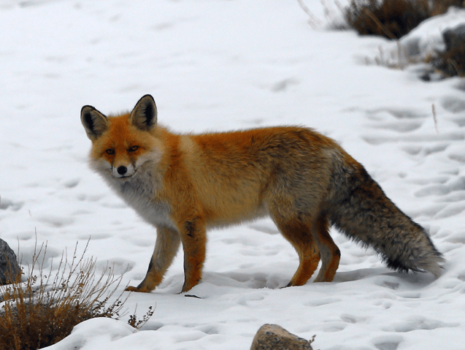
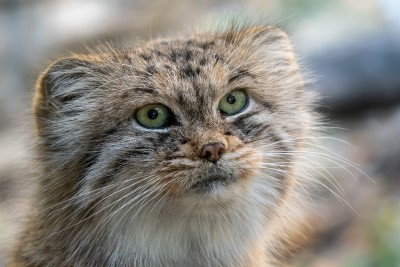
Stockily built and heavily furred, these cats can be found in Central Asia, from the Caspian Sea to Northern Iran, Afghanistan, Pakistan, and Northern India to Central China, Mongolia, and Southern Russia. The Pallas's cat lives between 450 to 5,073 meters in cold, arid habitats with cover, especially dry grassland steppes with stone outcrops and stony semi-desert areas. Although well adapted for extreme cold, these cats usually avoid areas with deep snow. Moreover, they mainly hunt small rodents and lagomorphs. Additionally, pikas are especially crucial to their prey, typically comprising more than 50% of their diet; other prey species include voles, mice, hamsters, gerbils, ground squirrels, and marmots. Likely to be territorial, at least in the breeding season, breeding males often have injuries consistent with fighting. They are poorly adapted to avoid predators and depend on specific habitats, making it naturally vulnerable to threats. Hunted for fur in much of…
The mountain weasel lives primarily in the mountains at altitudes of up to 3,500 meters. These species may be found in mixed taiga, highland steppes, or above timberline among heaps of stones. However, observations suggest that mountain weasels may be able to live in a broader range of habitats. Mountain weasels are mainly nocturnal but occasionally hunt during the day. They are speedy and agile, with the ability to swim as well as climb. When faced with danger, these animals may make loud chirring sounds and eject a strong-smelling secretion from their anal glands. Voles and pikas form a significant portion of the mountain weasel's diet. As a predatory species, the mountain weasel plays an essential role in regulating the populations of small mammals, such as mice and voles. In Pakistan, the species is data deficient with not much information about its numbers. Mountain weasels are considered beneficial to agricultural…
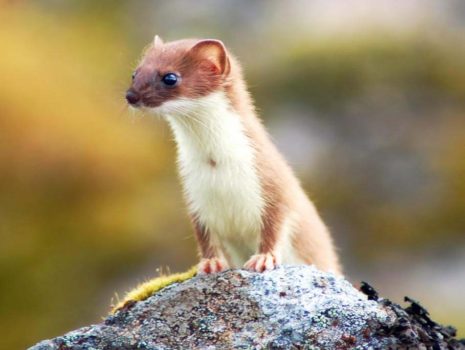
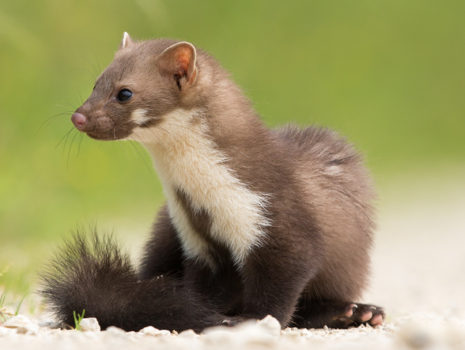
Stone martens are agile climbers and excellent swimmers; however, they spend most of their time on the ground. They are crepuscular (active at twilight) and nocturnal (active during the night). Their diet is based on rodents, birds, insects, fruit and berries. They are solitary and territorial animals, with males covering a territory of up to 200 hectares. Stone martens have an unusual habit of destroying tubes and cables of vehicles in urban areas. The majority of "car attacks" take place during the spring, when young stone martens start to use their teeth and learn which items are edible, and which are not. Stone martens can survive from 10 to up to 18 years in the wild. Stone martens are distributed throughout Western and Central Europe, Central Asia, Bhutan, Pakistan, Northern India, Nepal and Northern Myanmar to Mongolia and China. In Pakistan, stone martens inhabit forests, shrublands, forest edges, hedgerows and…